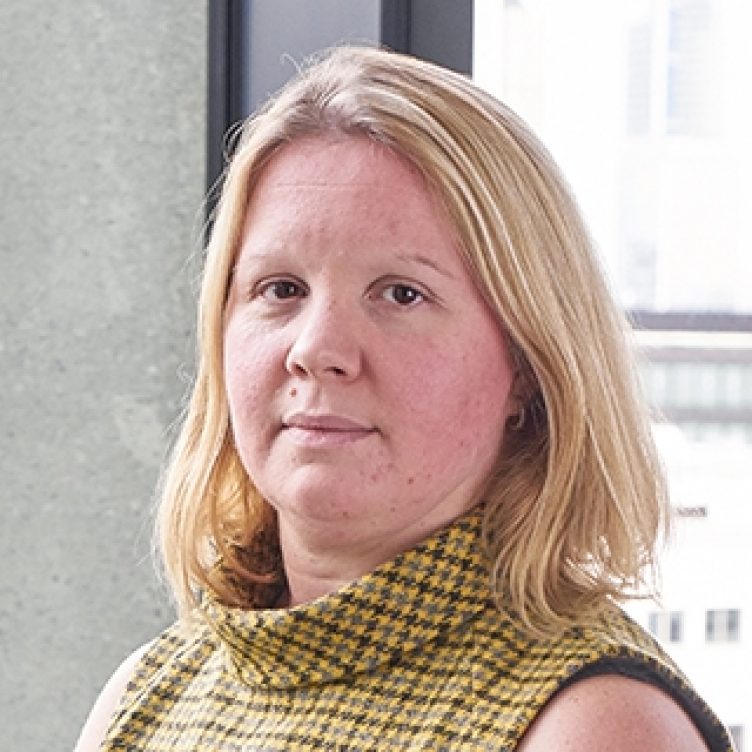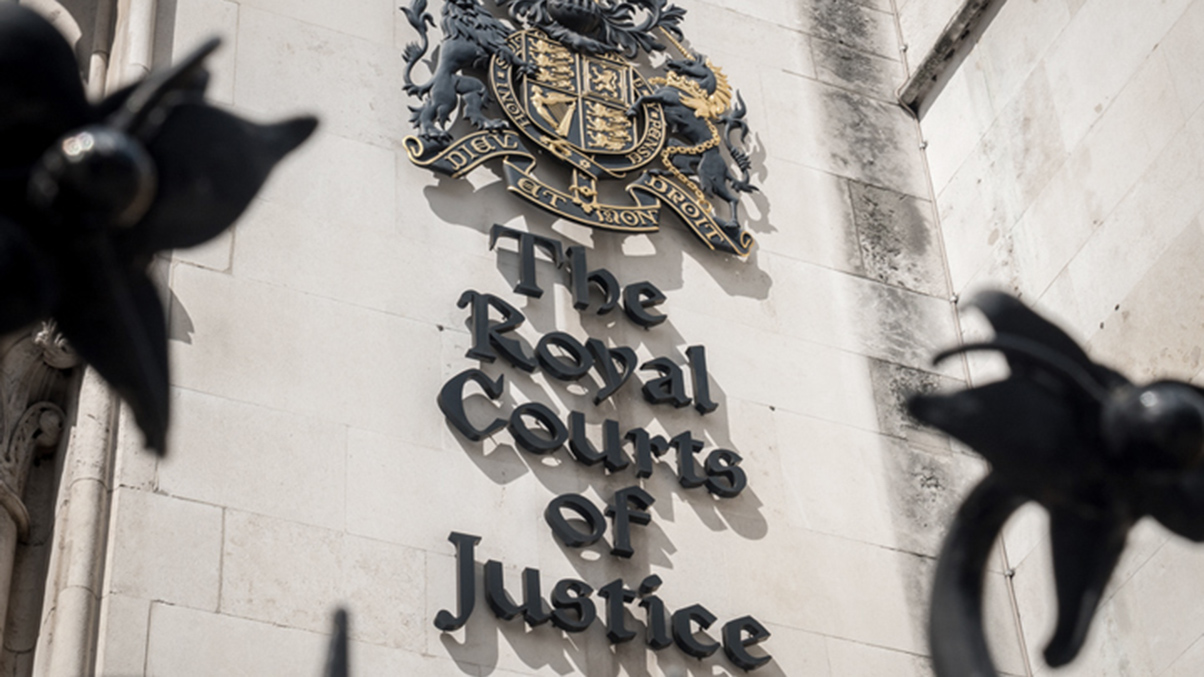S and C (represented by Stewarts) had divorced in 2016 and achieved a financial clean break. After the divorce in 2019 the former couple received a lump sum payment relating to their daughter in 2019 and the question then arose about how to distribute and manage this money. It resulted in a dispute that saw the couple return to court. Partner Carly Kinch explains this unusual case.
In January 2019, some three years after their divorce, the parties received a £5m lump sum representing the cash settlement of a wrongful birth negligence claim in relation to their daughter, A, who was born with a chromosomal deficiency. An issue immediately arose as to the division of the funds between the parents, notwithstanding the advice they received that as a matter of law the funds belonged legally and beneficially to them in equal shares (rather than to A herself).
Following the parties’ acknowledgement and agreement of the legal and beneficial ownership of the funds, the monies were paid accordingly into their respective bank accounts but each agreed to preserve the funds until the resolution of S’s application to the family court in which she invited the court to exercise its jurisdiction under section 23 of the Matrimonial Causes Act 1973 essentially to pre-determine how the damages were to be used.
The matter came before Mrs Justice Roberts for determination. The judge found that what lay at the heart of this case was the issue of control of the funds; S seeking an order that the court impose conditions not only on her own monies but also those of C and asserting that C could not be trusted to manage his monies or to apply them for the benefit of A.
The parties’ respective positions
S sought that the majority of the funds be placed in two trusts established under section 89B(1)(a) of the Inheritance Tax Act 1984 (being a trust established for the benefit of a disabled person and attracting less tax than a standard discretionary trust). S’s aim was to place the funds out of C’s possession and control and by extension those of his creditors. The two trusts would together comprise £3m (established by equal contributions from both parties) and would invest up to £1m in the parties’ respective properties now, with the balance not to be touched until A was at least 18. The trustees, S proposed, would retain the ability to consent to or refuse any request of the parties to rehouse and in the event of either party cohabiting, their partner would be expected to sign a waiver of their rights of occupation. S, who resided in a property worth at least £2.75m (having retained the family home on divorce) and under her own proposal would be mortgage-free, sought to limit C’s housing provision to no more than £1.25m notwithstanding that A spent one-third of her time with C.
Under S’s proposal, each party would then retain the balance, c £500,000 each, on the proviso that C would use £250,000 to put towards his property purchase or discharge his debts, £150,000 to be used as a secured maintenance fund and the balance he would retain absolutely i.e. C would be left with only £100,000 of his share of the £5m award to use as he wished. S would place £150,000 of the balance she retained into a fund she could draw on to meet nanny and other costs, leaving her with £350,000 absolutely.
Entering the hearing, C sought no order, inviting the court to leave him and S to exercise their separate financial autonomy over their respective half share of the funds and to make such provision as they deemed fit for their daughter. In evidence however, C accepted that up to £1m of the funds could be preserved for A by each of he and S.
Non-disclosure
At the time of the hearing, it was agreed that the parties together held net assets (including the balance of the settlement monies) totalling £4.646m.
In addition, however, it came to light at a late stage in the proceedings that contrary to the disclosure S had provided the court, both she and A were beneficiaries of a substantial discretionary offshore trust since 2002. The trust held assets totalling c £4m. S had omitted to disclose her and A’s interest in the trust both during the instant proceedings and during the original financial remedy proceedings in 2016. This substantially changed the financial landscape against which S’s application was to be determined.
Credibility
S’s evidence was problematic. Not only had she failed to give proper disclosure about her financial resources (including her significant trust resources) but the judge found that S “could not resist the temptation to overlay her responses [to factual questions] with negative comments about A’s father”. Sadly, S “has allowed her distrust and evident dislike of A’s father to colour her judgment and approach to the way she has presented him and her evidence to this court.”
By contrast, the judge accepted C’s evidence, particularly in relation to his business expectations and noting that he spoke with “passion and commitment about his business plans and the efforts of those around him”.
Relationship
Mrs Justice Roberts concluded that the parties’ “relationship as parents has completely broken down and the proceedings have been infected with an extraordinary element of personal antagonism which should have no place in a forensic arena where their child stands at its centre.”
The judge also commented that the parties’ dislike and mistrust of one another coloured their evidence. This case stands as a reminder to practitioners and witnesses alike to leave their emotions at the courtroom door.
Judgment
The funds had been depleted to £3.74m by the time of the final hearing after approved releases of permitted costs (including legal fees).
The judge did not agree with S’s position that the funds be preserved for future use in a s89 trust, finding this to be disproportionately expensive, unlikely to work in practice due to the level of disharmony between the parties and it being fundamentally unfair to deprive C of his only capital assets. Nor did the judge agree with C that each party should be permitted to exercise full discretion over the funds, applying it for themselves and for the benefit of their daughter A as they saw fit.
Instead, the judge adopted a middle path; seeking to strike the right balance between affording the parties autonomy over the funds which legally belonged to them and also providing a degree of protection for A’s future (albeit unquantified) expenses. The judge held that each party apply £900,000 of their share of the remaining fund to invest in their respective properties (S to discharge her existing mortgage, C to put towards the purchase of a new home) secured for the benefit of A by way of a legal charge. She also made an order for child maintenance at £2,000 per month; with C to establish a secured maintenance fund of £150,000. The remaining balance would be released to S and C respectively without restriction although the judge recommended that each party obtain generous life insurance policies to provide A with further financial security in the event of their predeceasing her.
Carly Kinch commented:
“This unusual application to the High Court tested the court’s readiness to exercise its powers to restrict and/or redistribute funds received (and legally owned by one party) after a clean break divorce so as to provide for the unquestionable but unquantified needs of a child. The court came to a pragmatic solution, having considered the parties’ respective concerns, and balanced their strict legal rights of autonomy against the need for certainty and safeguarding of A’s financial future.”
You can find further information regarding our expertise, experience and team on our Divorce and Family pages.
If you require assistance from our team, please contact us or alternatively request a call back from one of our lawyers by submitting this form.
Subscribe – In order to receive our news straight to your inbox, subscribe here. Our newsletters are sent no more than once a month.






